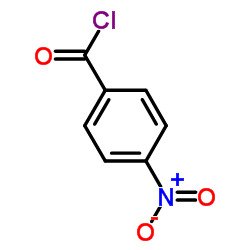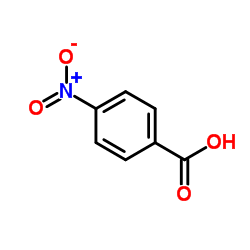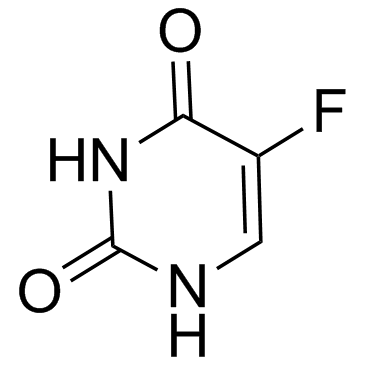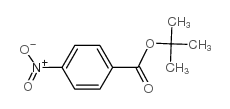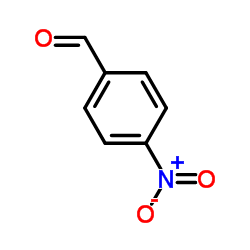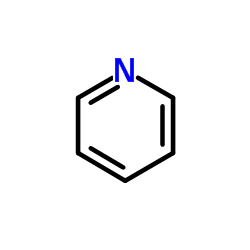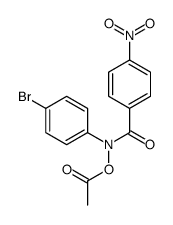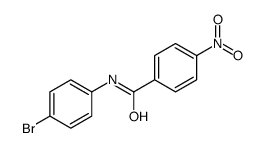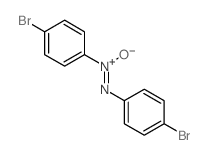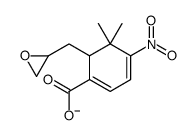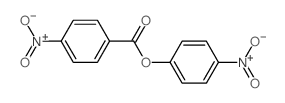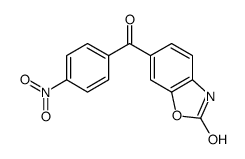122-04-3
| Name | 4-Nitrobenzoyl chloride |
|---|---|
| Synonyms |
4-Nitrobenzoyl chloride
p-NO2-PhCO3tBu para-nitrobenzoyl chloride 4 NITRO BENZOYL CHLORIDE P-NITRO BENZOYL CHLORIDE EINECS 204-517-4 Benzoyl chloride,4-nitro p-nitrobenzoyl chloride Benzoyl chloride,p-nitro 4-Nitrobenzoic acid chloride p-Nitrobenzoic acid chloride 4-(nitro)-benzoyl chloride 4-methyl-quinoline 4-Nitrobenzolcarbonylchlorid 4-NITROBENZOYL CHLORIDE FOR SYNTHESIS 4-Nitrobenzoylchloride Benzoyl chloride, 4-nitro- MFCD00007345 |
| Density | 1.5±0.1 g/cm3 |
|---|---|
| Boiling Point | 277.8±13.0 °C at 760 mmHg |
| Melting Point | 71-74 °C(lit.) |
| Molecular Formula | C7H4ClNO3 |
| Molecular Weight | 185.565 |
| Flash Point | 121.8±19.8 °C |
| Exact Mass | 184.987976 |
| PSA | 62.89000 |
| LogP | 2.17 |
| Vapour Pressure | 0.0±0.6 mmHg at 25°C |
| Index of Refraction | 1.589 |
| Stability | Stability Stable, but moisture sensitive. Combustible. Incompatible with water, alcohols, strong oxidizing agents, strong bases. |
| Water Solubility | Decomposes |
CHEMICAL IDENTIFICATION
HEALTH HAZARD DATAACUTE TOXICITY DATA
MUTATION DATA
|
| Symbol |

GHS05 |
|---|---|
| Signal Word | Danger |
| Hazard Statements | H314 |
| Precautionary Statements | P280-P305 + P351 + P338-P310 |
| Personal Protective Equipment | Eyeshields;Faceshields;full-face particle respirator type N100 (US);Gloves;respirator cartridge type N100 (US);type P1 (EN143) respirator filter;type P3 (EN 143) respirator cartridges |
| Hazard Codes | C:Corrosive |
| Risk Phrases | R34 |
| Safety Phrases | S26-S36/37/39-S45 |
| RIDADR | UN 3261 8/PG 2 |
| WGK Germany | 2 |
| RTECS | DM6651000 |
| Packaging Group | II |
| Hazard Class | 8 |
| HS Code | 2916399090 |
| Precursor 9 | |
|---|---|
| DownStream 10 | |
| HS Code | 2916399090 |
|---|---|
| Summary | 2916399090 other aromatic monocarboxylic acids, their anhydrides, halides, peroxides, peroxyacids and their derivatives VAT:17.0% Tax rebate rate:9.0% Supervision conditions:none MFN tariff:6.5% General tariff:30.0% |


